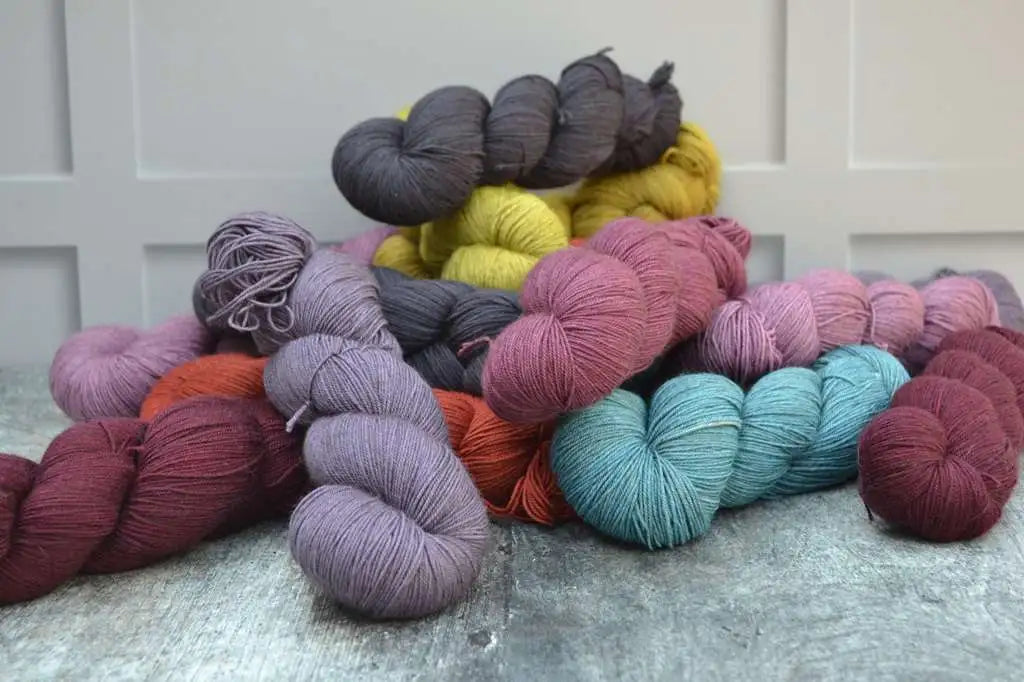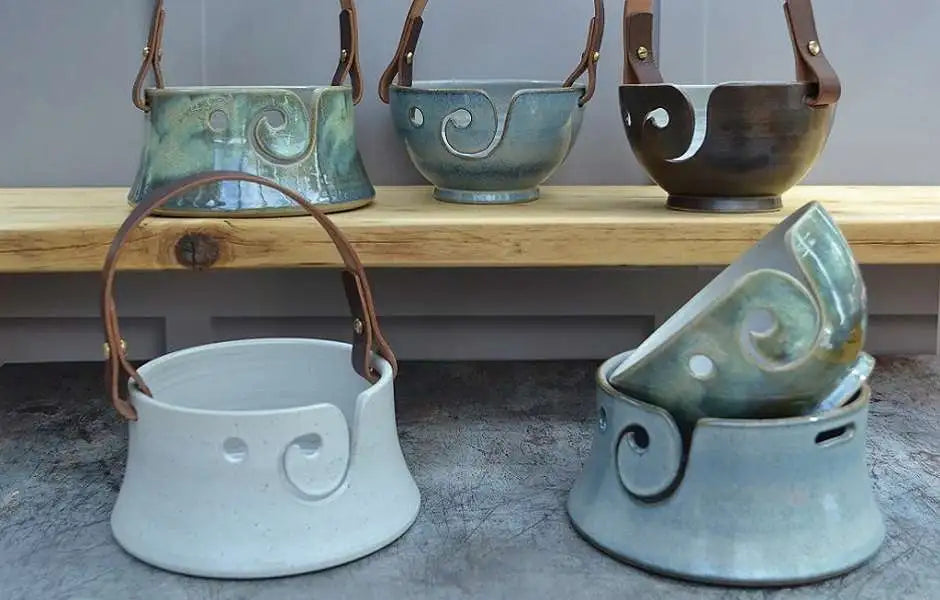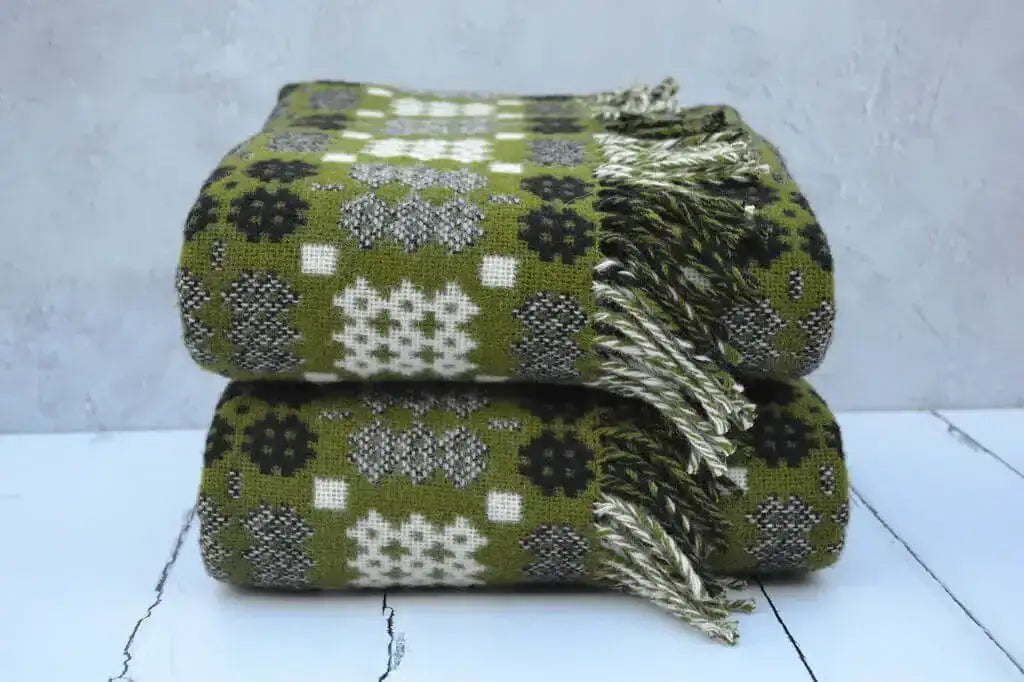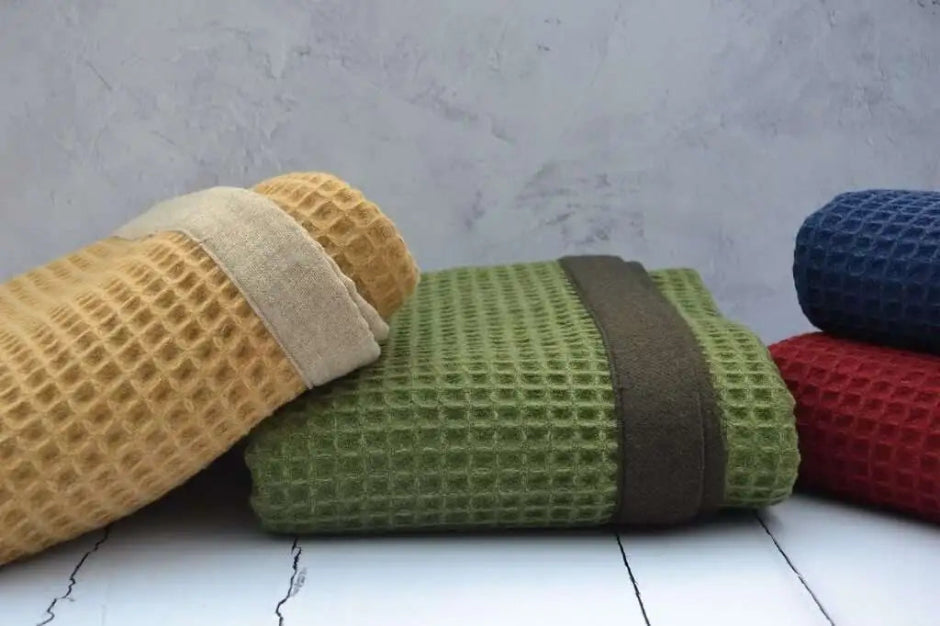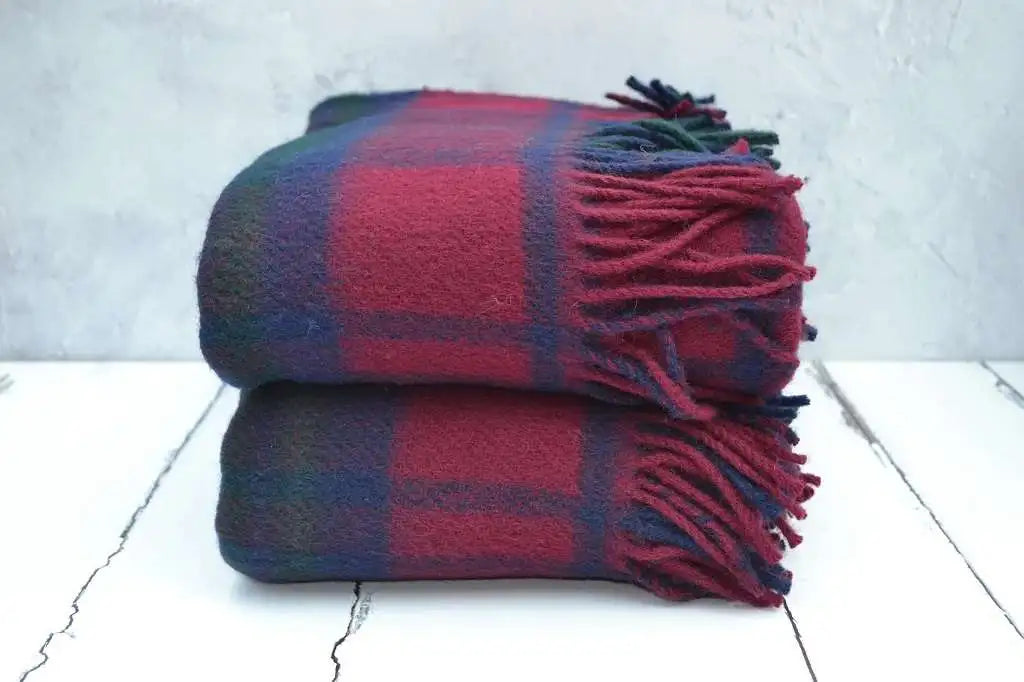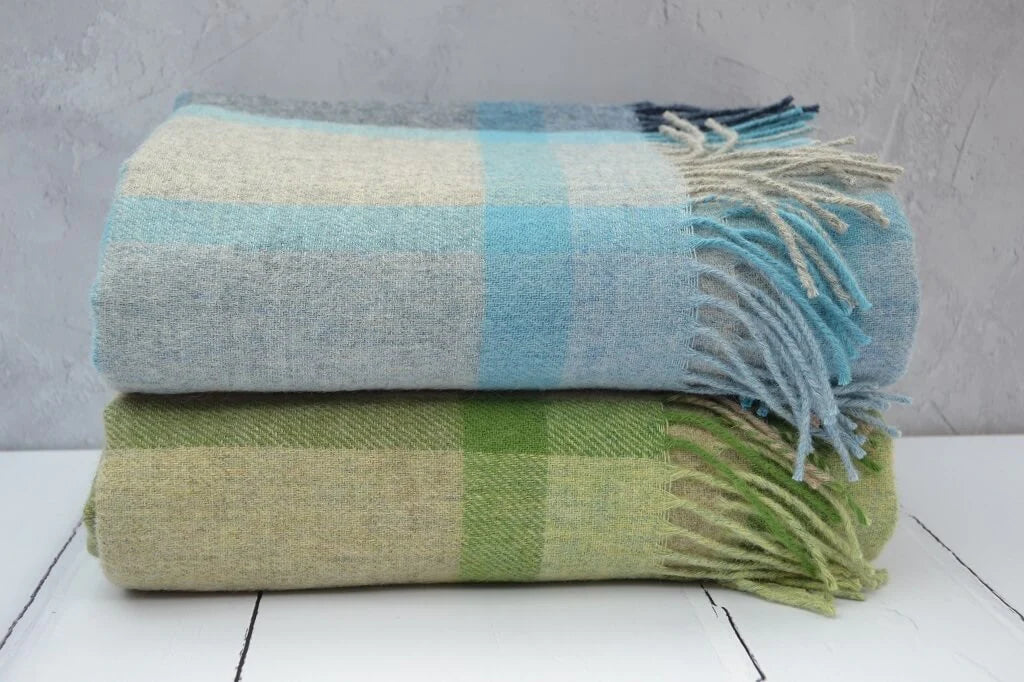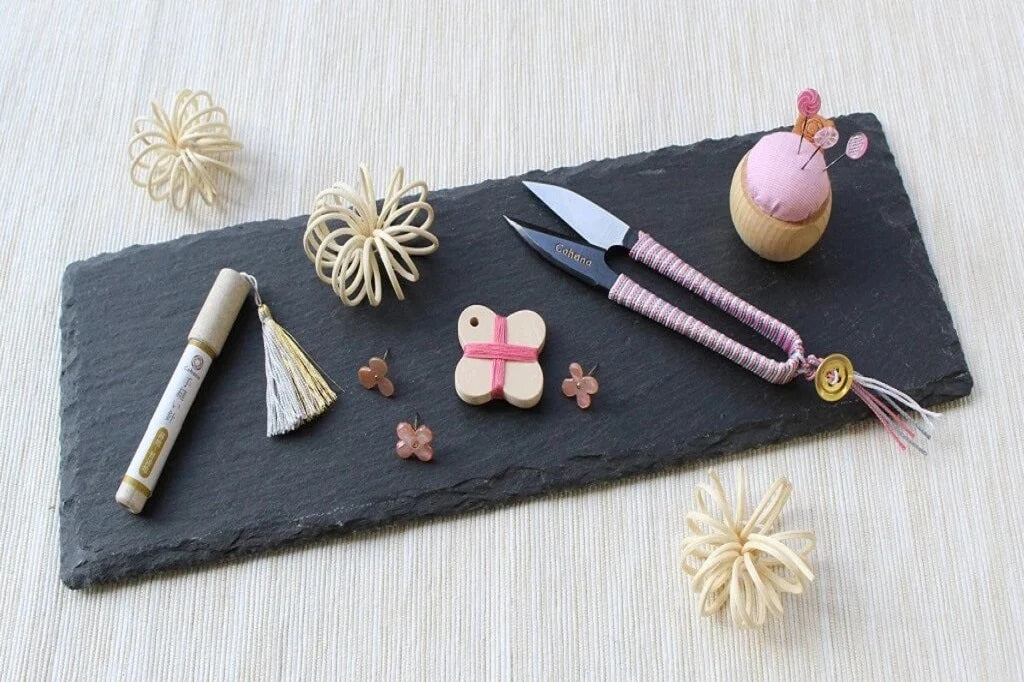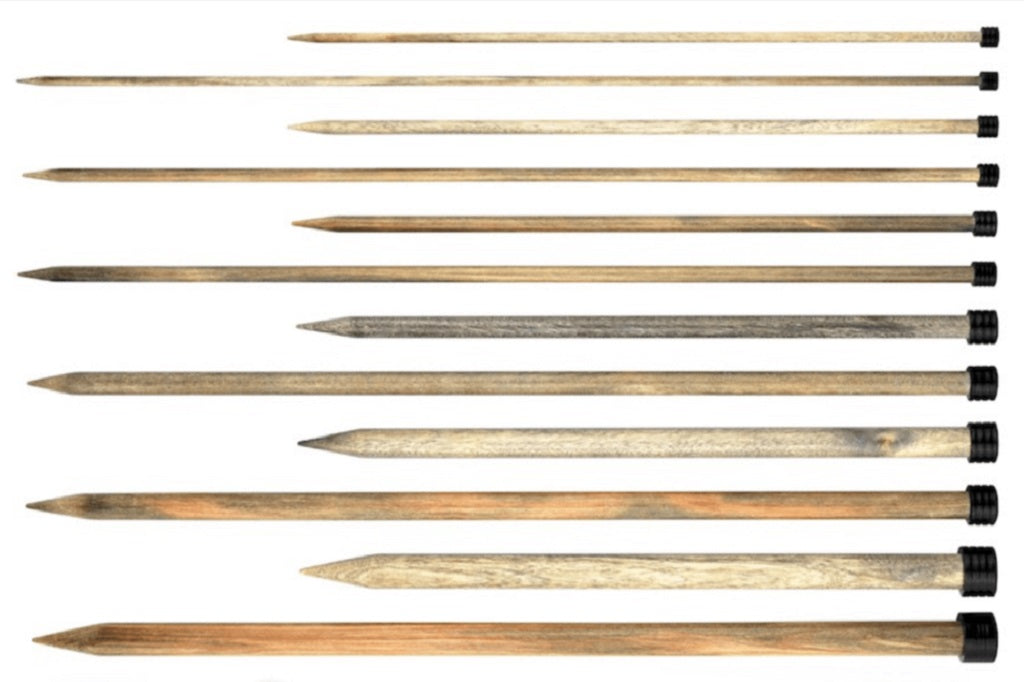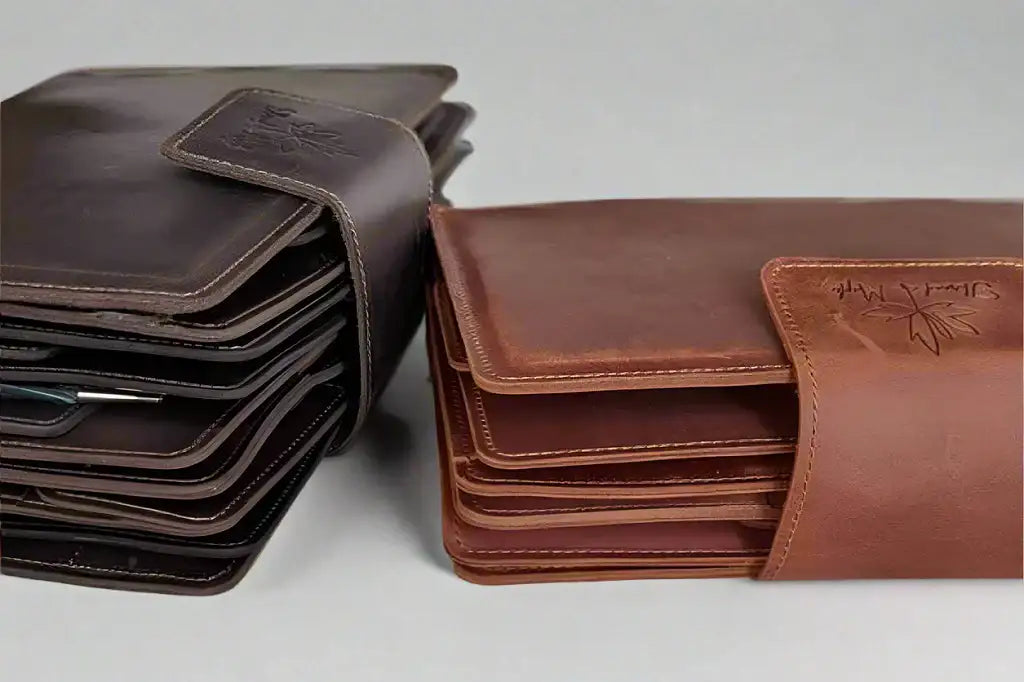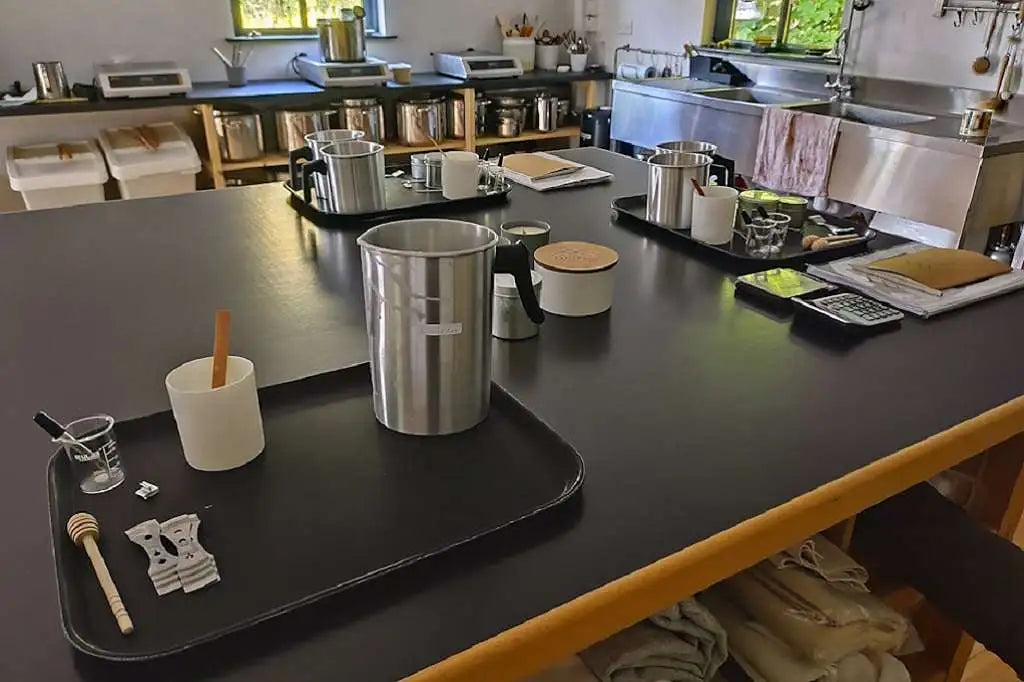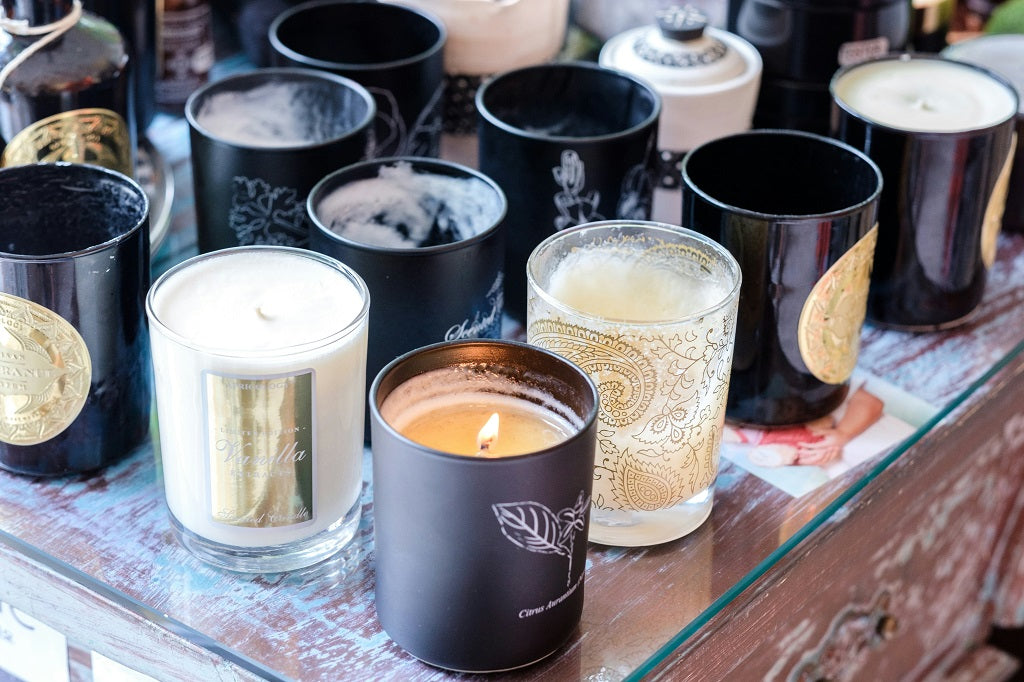History of Ink
Botanical, Natural Inks ...
Origins of Ink
The origins of ink trace back to the dawn of human civilization, where early societies harnessed natural pigments from their surroundings to communicate, document, and create art. From the charred remains of wood and bones used by ancient cave dwellers to the sophisticated mixtures of plant extracts and minerals by early Egyptians and Chinese, ink has been a fundamental tool for expression and record-keeping.
The history of mankind is 'full' of examples of the use of botanical and natural inks. Long before synthetic inks became commonplace, inks were crafted from plants, insects, and minerals. Indeed, many of our most important historical documents across the world were written with botanical natural inks - many have been preserved and can still be seen today in museums and similar institutions. From Palaeolithic cave paintings to parchment scrolls to printed books, ink has recorded human history for over thousands of years.
What is Botanical Ink Made Of?
Botanical, natural ink is a fluid found in various colours used for writing or printing. It has few components, primarily a natural pigment which is dispersed in a liquid called a vehicle.
- Plant material: Plants contain pigments that can be extracted to create a range of colours. Common sources include roots, berries, leaves, and even flowers. Plants high in tannins, such as oak galls or walnut shells, often produce richer colours.
- Binder: This acts like a glue, holding the colour pigment together and allowing the ink to adhere to the writing surface. Natural binders can be made from gum arabic starch.

Botanical Ink Colours
Carbon Black – Chinese Ink
Writing inks date from about 2500 BC and were used in ancient Egypt and China. Carbon Black is the oldest and most straight forward ink to produce. It comprises carbon, from soot or lamp black, added to water, recipes show the addition of hide glue which was then formed into an ink stick. The stick was then rubbed on an ink stone to which a little water was added making the ink ready to use. The hide glue would then act as the binder on the written strokes. Ink sticks are still made in the traditional way, which can be lavishly moulded, and hand painted. This ink was also known as Chinese ink and used across Asia.
In the West black pigmented ink became known as India ink because of the British connection with India, who had been using this ink for centuries already. Earliest finds of the use of India ink are The Dead Sea Scrolls.
The inks used in early Egypt where pigmented inks from carbon or iron oxide, producing red. There are examples of red and black on surviving papyrus. The Egyptians were one of the earliest civilisations to document and record history using scribes and ink.
Maya Blue
Maya Blue is one of my favourite inks, a vibrant, sky-coloured azure blue. First created around AD 300, comprising indigo and a clay mineral to form an ink that has endured in the archaeological record for centuries. More than an ink to write with it was an important part of ancient Maya religion and ritual as it symbolised the rain god, Chaak, as well as being associated with other deities.
Iron Oak Gall Ink
From the Middle Ages to the 19th century, iron gall ink was one of the most frequently made and used inks in Europe. It was made in batches by hand until the 18th century, when it was produced on a commercial scale. The rusty browns of manuscripts written in iron gall ink make it one of the most recognisable inks in the world. In its simplest form Iron Gall ink is made from gall nuts, iron and water with gum Arabic as a binder to keep the pigment in suspension as well as binding the ink to the written surface. The book of Kells is considered one of the finest manuscripts from early medieval Britain penned in the distinctive iron gall ink as well as other ink colours to be found within the leaves of parchment. Unfortunately, due to the iron content the ink will corrode the velum or parchment over time.
Middle Ages
During the Middle Ages carbon ink and Iron gall ink were in common use.
In about 1440 Johannes Gutenberg invented printing with movable type in Germany. The water-based inks were the wrong consistency for the moving parts of the press a new ink had to be developed. Gutenberg developed an oil-based alternative using linseed oil mixed with lampblack. For more than 300 years such inks continued to be used with little modification in their composition.
1856 AD The English chemist Willima Henry Perkin, was trying to find a cure for malaria and discovered the first synthetic dye. He discovered a bluish substance with excellent dyeing properties that later became known as aniline purple, Tyrian purple, or mauve. In 1856 he obtained a patent for manufacturing the dye, and the next year, with the aid of his father and his brother Thomas, he set up an aniline manufacturing plant. This was the beginning of synthetic dyes and the diminished use of natural dyes for the dyeing of fabric. Although, it was not until the beginning of the 20th century that ink-making became a complicated chemical-industrial process.
FelinFach Botanical Inks
Thankfully, the reintroduction of traditional crafts, ethical practices and sustainable production of our products is gaining momentum. FelinFach produces natural botanical inks using traditional as well as historical recipes. Complementing our botanical inks are handmade, inkwells and water bowls and other writing accessories.
About FelinFach
Located in Pembrokeshire Wales, our ethos is defined in the three words...
NATURAL TRADITIONAL HANDMADE.
- Hand woven iconic Welsh blankets.
- Hand dyed yarn, dyed with natural dyes only - no exceptions!
-
Handmade candles, candle accessories and Candle Making Workshops.
- Natural Dyeing Craft courses.
- Yarn shop, yarn bowls, project bags, tools and accessories for knitters and crafters.
- Welsh Gifts, souvenirs, made in Wales, handmade in Wales.
We are a proud supporter of Americymru, the Campaign for Wool, Global Welsh and Red Dragon America.
Last updated 8th June 2024

